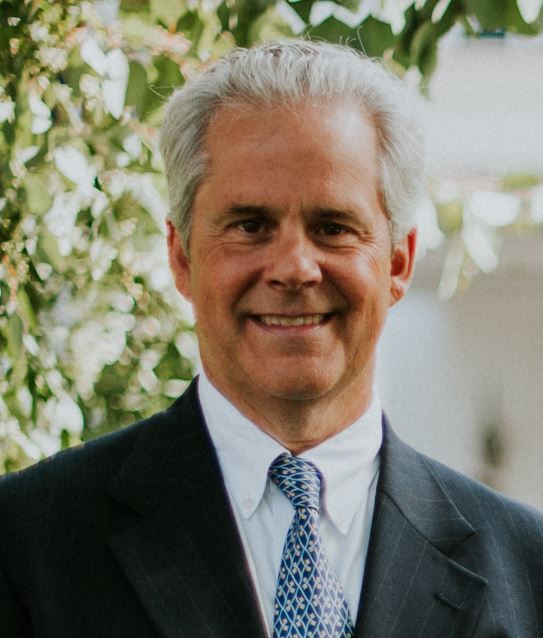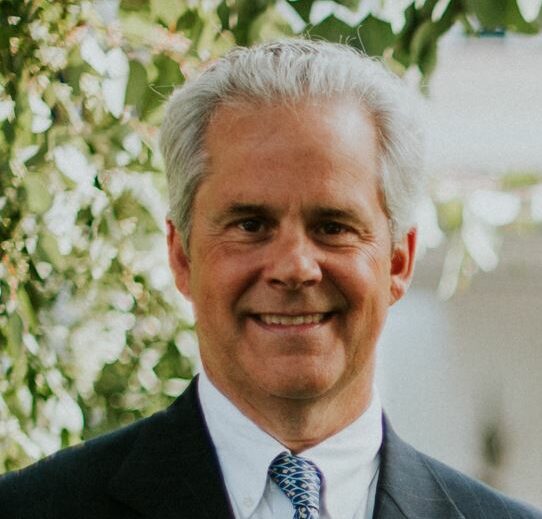How does a small architectural firm end up fielding calls from Tesla? By designing the largest residential microgrid on earth.
The project, a recent home renovation in Tuxedo Park, NY, includes geothermal wells, a thousand solar panels, and enough battery capacity to interest Tesla. Architect Andrew Wright explains that he began with a design for a net zero home, but that the decision to go totally off grid turned out to be more cost efficient.

Wright is the president of Wright Architects, based in New York’s Hudson Valley. The firm specializes in energy efficient design, complemented by renewable energy generation systems.
Bard MBA Alum Cindy Wasser spoke with him about current trends in sustainable architecture and about what the future holds for Wright Architects and the industry as a whole.
The following Q&A is an edited excerpt from the Bard MBA’s December21st The Impact Report podcast. The Impact Report brings together students and faculty in Bard’s MBA in Sustainability program with leaders in business, sustainability and social entrepreneurship.
Republished from GreenBiz.
WASSER: WHO IS YOUR TYPICAL CLIENT AND WHAT IS YOUR TYPICAL PROJECT?
We do a variety of projects, but I guess our bread and butter are New York City apartments and brownstones. It’s mostly high end residential, which has then spun off into high end homes in the Adirondacks and Pennsylvania, Florida and all over.
It’s all pretty much word of mouth. I’m working with two clients right now who go back 25 years. We’re on to the next generation—I did their projects, and now I’m doing their kids’ projects. We also do commercial and our own developments.
WASSER: DO CLIENTS SEEK YOU OUT FOR YOUR SUSTAINABILITY EXPERTISE OR DO YOU INITIATE THAT CONVERSATION?
We always bring it up. Every time I start a project I say good windows, good insulation, think about orientation, think about your usage, LED lighting . . . If you do that in the beginning you’re halfway there.
But we also get sought out. We just finished the largest residential microgrid on earth in Tuxedo Park. That gentleman learned about other projects that we did and found us that way. So a lot of it is word of mouth, but now we’re getting into marketing and sharing our story with people that way.
WASSER: WHAT DESIGN FEATURES ARE MOST IMPORTANT TO YOUR CLIENTS? IS IT ENERGY EFFICIENCY OR HEALTHY DESGIN? OR RENEWABLE ENERGY LIKE THE PROJECT YOU JUST MENTIONED?
Typically, people come to us with their problems—they need an addition, they need a bigger house, a smaller house, etc. We start with, “We’ll solve your problems,” and then inevitably we hear, “I’m living in New York City, and I’d love to have clean air.” We say great, we have a way of doing that.
The system we use is very simple. Energy recovery ventilation (ERV) pressurizes the inlet, which means that you exhaust less because the house is under positive pressure, so you have no dust. Can you imagine living in Manhattan with no dust on your window sills?
It’s much healthier, and it boosts energy conservation. The request for healthy air is becoming more and more prevalent.
WASSER: TELL US ABOUT SOME CURRENT PROJECTS.
We just finished a large 1920s mansion, about 20,000 square feet. The client was expensing over a quarter of a million dollars a year in energy costs between oil, gas and electric, and he only lived there two months a year. We started with a design for a net zero home, but it turned out that we needed so much energy to create the wind in the summer and have excess that the power company couldn’t handle the load. They wanted a million dollars to rebuild their infrastructure.
Instead, we spent half a million on batteries, and the house is completely off the grid.We had no idea that the project was the largest of its kind until Tesla was blowing up our phone trying to get a piece of it. We put in geothermal wells, a thousand solar panels, solar thermal collectors, and a very sophisticated control system because there are two pools, the house, and a barn. We’ve been able to monitor the family’s energy usage and understand how to perfect the system.
We also see how this can apply to a typical house, and I think there’s a huge need and market for that.
WASSER: WHAT OTHER TECHNOLOGIES AND INNOVATIONS ARE YOU EXCITED ABOUT RIGHT NOW?
I’m really trying to focus on wind power. It’s incredibly efficient and is very well used in Massachusetts, Vermont and Pennsylvania. New York State has it, but it’s difficult and there are lots of people who are afraid of it. They don’t like the way it looks, it makes noise.
But wind power is a wonderful harvest in the evening when you don’t have sun power. Solaris your answer during the day and during the summer, but at night what do you do? We’re trying to find better systems that will be more applicable to communities that don’t want to see the turbines or don’t like the noise.
So wind is where my head is going, and also better to insulation—better windows and the basic principles of a tight house.
